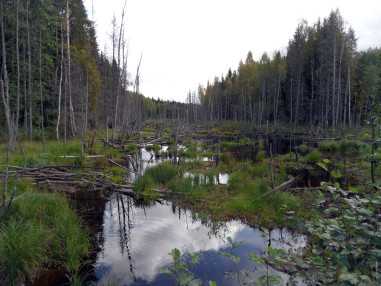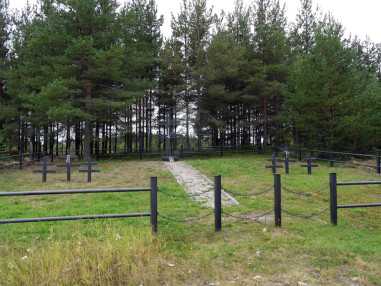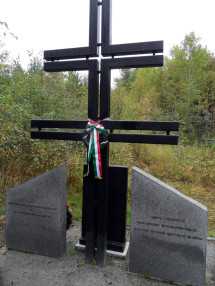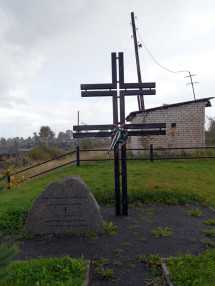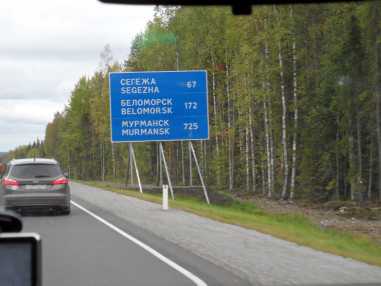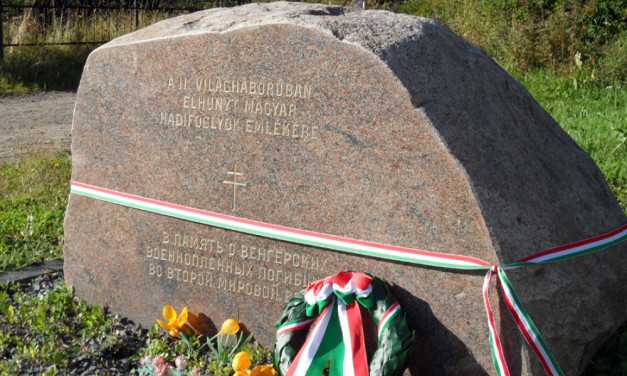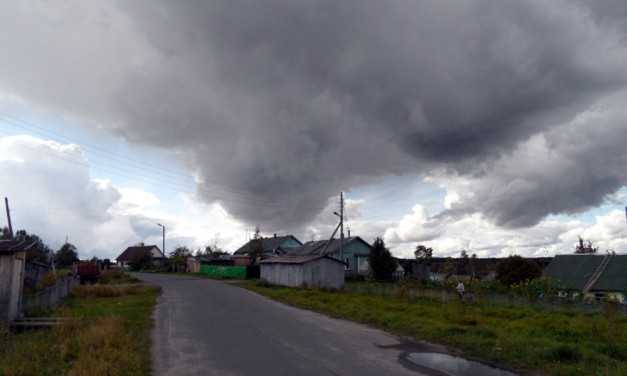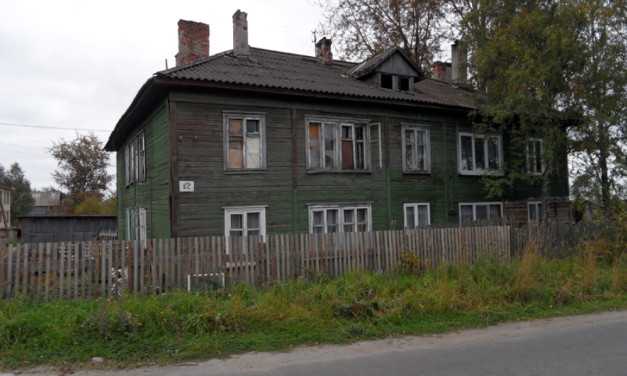In Search of POW Cemeteries Around the Arctic Circle
Szöveg: R.M. | 2012. szeptember 12. 10:51More than 380 POW memorials were built in the area of the former Soviet Union as a compensation for the former national debt. In the first week of September, a group of three from the staff of the MoD Military Heritage and War Grave Care Department traveled to the region of Karelia, close to the Arctic Circle, to check the condition of eleven of these memorials.
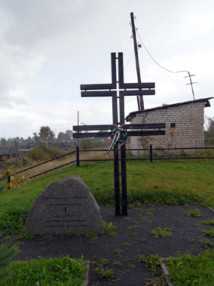
On starting the journey, the three staff members of the MoD Military Heritage and War Grave Care Department had some initial doubts as they could not anticipate the condition of the memorials they intended to find in those areas of that “back of beyond". Fortunately, they had a pleasant surprise when they saw that the memorials were in good condition at every place. Based on their experiences, they can state that the organization Vojennie Memoriali does an excellent job in maintaining the Hungarian military memorial sites.
It should also be mentioned that the local people take a very positive attitude to the POW memorials of Hungarian relevance. This is well reflected in the fact that the Hungarian experts found fresh flowers in front of the large granite slabs at several sites. It is the local residents who laid these flowers by the memorials.
At many settlements, one can still see the two-storey barrack houses built by the former prisoners of war – these buildings are inhabited by locals until the present day. The POWs accommodated here were generally forced to work as loggers or workers in local factories. As compared with POWs transported to some even wilder areas of Siberia, mortality rates were not so high among the prisoners here, but the illnesses spread by mosquitoes and other parasites in the wooded marshlands during the short summers as well as the long, severe winter weather claimed a lot of lives.
Placed in front of the memorials made from granite and stainless steel, there are wreaths with red-white-green ribbons tied on them. These clearly show that the Hungarians have not forgotten their compatriots who died here. All these things show the caring attitude of the Hungarian nation and present the people living there with a positive image of Hungarians.
Photo: MoD Military Heritage and War Grave Care Department
Click on our gallery for more pictures!

